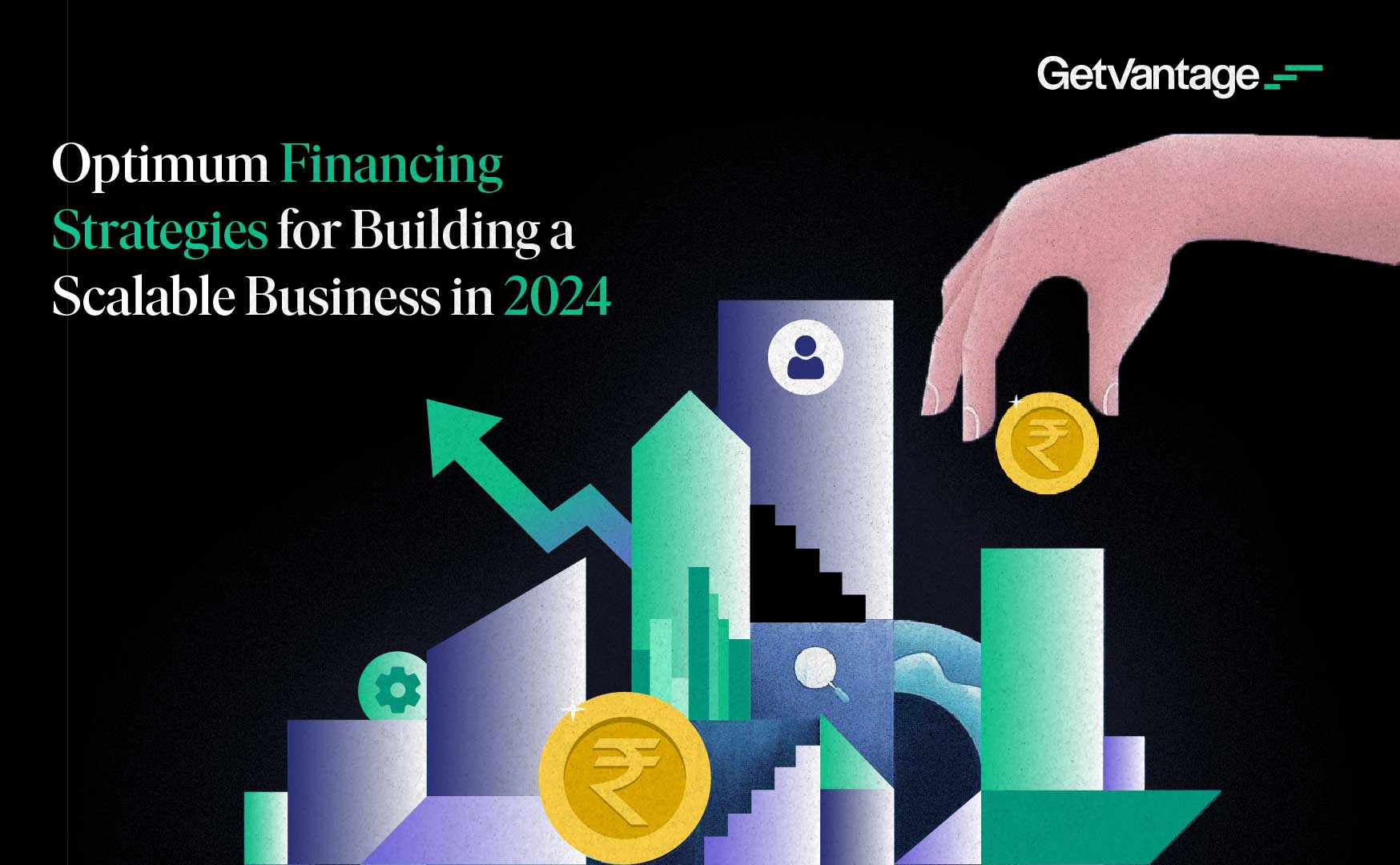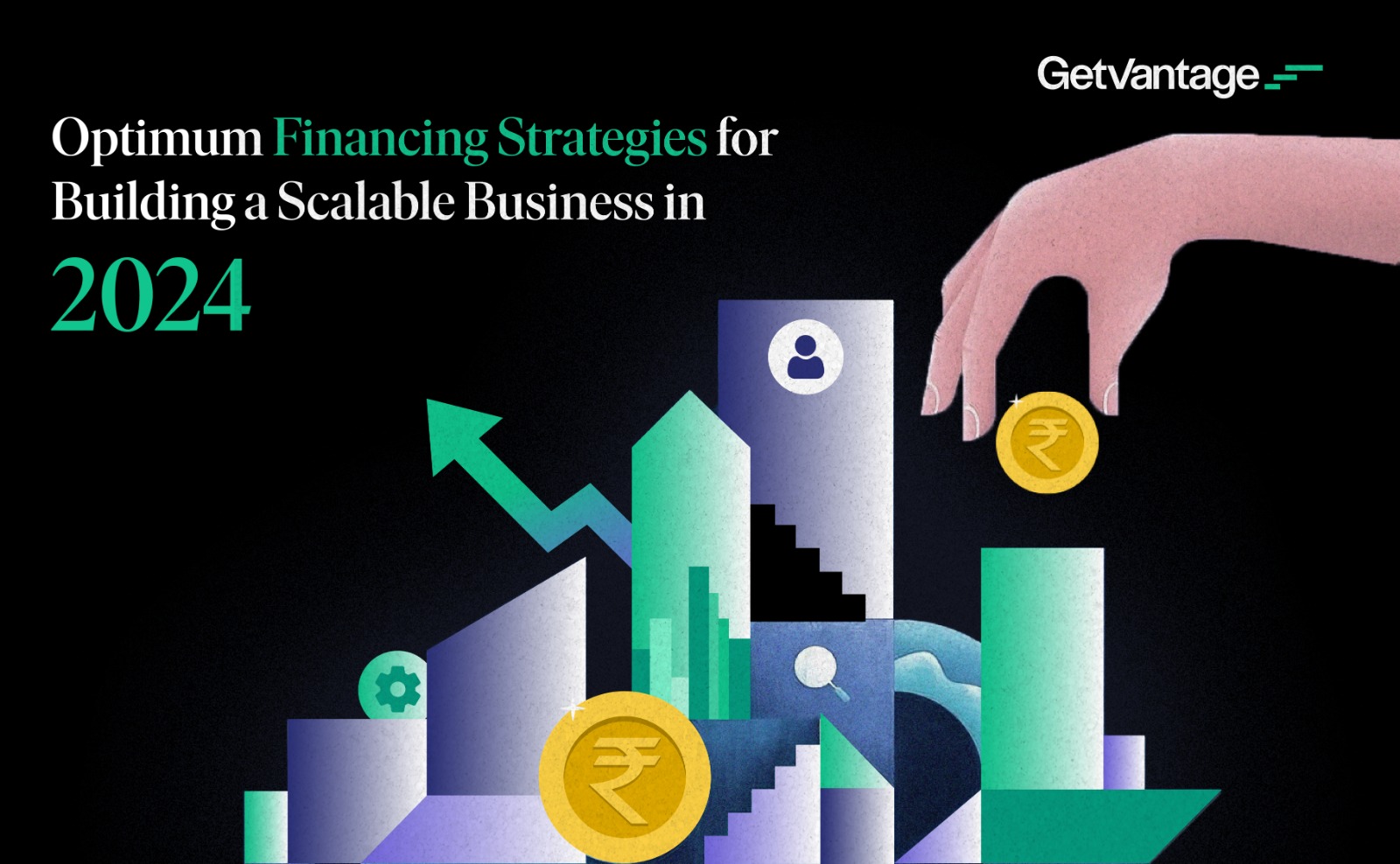By Bhavik Vasa, Founder GetVantage
Backed by the extraordinary growth story of India Stack and platforms such as Unified Payment Interface (UPI), India is well-positioned to build the infrastructure required to bring more small businesses under the ambit of formal financial services.
Today, startups across the nation face an ongoing necessity to finance operations and execute strategic investments, amid stubborn inflationary pressures and diminishing profit margins.
With that being said, Micro, Small, and Medium Enterprises (MSMEs) in India, are currently up against monumental challenges owing to a lack of access to affordable financing. A recent Redseer-GetVantage report revealed that the credit requirement for digital SMEs alone has the potential to reach USD 570 Bn in the next few years.
The lack of access to adequate, fair, and affordable financing faced by most startups and small businesses is a result of multiple factors, chief among them is the thin-file nature of these businesses. Traditional lending conduits come with a considerable deal of friction that arises due to the inability to evaluate or take on the risk of new-age businesses that are tech-first, lack collateral, possess a short operational history, and exhibit varying degrees of quantity and quality of firm-level financial data.
Adding to that, traditional financial institutions find themselves simply unable to qualify new-age businesses seeking modern forms of capital that are dynamic and offer more flexibility. The good news is that early-stage businesses now have access to financing solutions that go beyond the limits of traditional funding options. We are seeing an increasing number of startups turn to alternative-financing providers including NBFCs and FinTechs, better known as marketplace platforms.
Flexible financing for entrepreneurs
Today, financing products and approval rates look very different than they did a decade ago. Advancements in technology coupled with alternative data generated by the broader digitisation of the small business operating landscape, have made financing more accessible for startups and SMEs.
Alternative financing, cash flow-based financing, revenue-based financing, invoice financing, recurring-revenue financing, and other modern solutions offer startups an unprecedented degree of access, flexibility, transparency, and speed needed to thrive in today’s dynamic landscape.
Leveraging technologies such as Artificial Intelligence (AI) and Machine Learning (ML) — alternative financing mirrors the innovative, flexible, and dynamic nature of its emerging user base. Many of these companies are modern asset-light companies that are digital-first. Moreover, alternative financing platforms exhibit a risk appetite akin to that of startups, in contrast to the conservative stance that most traditional financial institutions have made the norm.
Alternative financing platforms champion a tech-first strategy, emphasising intuitive, data-driven decision-making, paperless onboarding processes, and digital collections to enhance market penetration. Furthermore, the integration of powerful data science and AI capabilities enhances debt recovery initiatives, fortifies fraud detection mechanisms, and strengthens risk management protocols.
The arrival of online credit marketplaces
The marketplace lending model emphasises choice, transparency, and speed, empowering borrowers with a range of financing products and facilitating quicker access to capital compared to traditional financing avenues.
Digital marketplaces for lending streamline the application process, offering startups ease of applying and overcoming the hurdles typically associated with traditional funding avenues — such as lengthy paperwork, stringent eligibility criteria, and slow approval times. Along with adherence to evolving regulatory requirements — transparency is another advantage of marketplace lending, as all stakeholders have access to clear information about interest rates, fees, and terms, enabling informed decision-making.
Additionally, truly visionary government initiatives like the Open Credit Enablement Network (OCEN), are instrumental in streamlining lending and borrowing processes within the ecosystem. By establishing clear roles for all stakeholders, OCEN enhances efficiency and optimisation across the lending landscape. FinTech firms can facilitate the integration with OCEN and provide customised credit options for startups. OCEN coupled with the Account Aggregator (AA) framework, is poised to play a crucial role in fostering a seamless and interoperable network for alternative financing lenders, thereby enhancing various facets of the lending process.
By automating processes and operating with lower overhead costs, marketplace platforms can offer competitive interest rates and fees, making capital more affordable for early-stage startups. As a result, financing solutions tailored to specific industries and business types are now available, meeting the unique needs of diverse entrepreneurs.
Doubling down on alternative financing platforms
With startups increasingly using digital solutions, they are creating a traceable digital trail of financial transactions and building a powerful digital credit profile. This shift from conventional metrics to digital real-time transactions equips FinTech lenders with robust data to make more intelligent risk-based decisions.
FinTech lenders in India have shifted towards taking a personalised approach to underwriting. They incorporate segment-specific policies that leverage alternative data sources to take advantage of unique market opportunities across diverse sectors from eCommerce to Cleantech and EV.
Today, India stands at a crucial juncture, tasked with the challenge of creating 90 million jobs over the next decade. To address this imperative, the nation must embark on substantial reforms across its economic landscape.
In the coming years, the demand for working capital is projected to rise steadily, at a CAGR of approximately 20%. With the expected doubling of digitised SMEs within the next five years, a corresponding surge in the demand for working capital is also anticipated. The integration of data-driven digital lending into online marketplaces, along with the facilitation of need-based financing through digital credit mechanisms like OCEN, are expected to democratise lending further, steering India closer to the ambitious target of reaching a $5 trillion economy by 2027.





